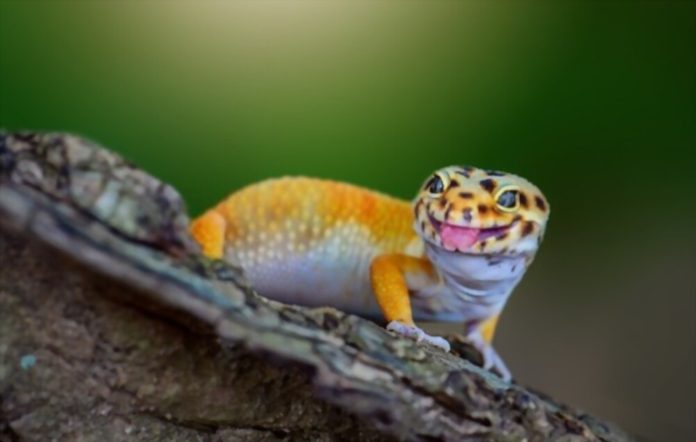Last Updated on December 29, 2023 by Fumipets
One-Minute Reptile Care Guide
Among the most popular reptiles as pets in the USA are the Bearded Dragon followed by the Ball Python and Leopard Gecko. This category of pets includes snakes, lizards, turtles, tuataras, alligators, and crocodiles which are often misunderstood by prospective pet owners. Depending on the type of reptile, you can expect affection and reactions to some stimulus.
Snakes have always been popular pets and pet lovers are now likely to adopt other reptiles with four legs. Don’t mistake newts and salamanders for reptiles that breathe through their lungs and have dry, scaly skin.
Four-legged reptiles as pets
Your first exotic pet might seem like a headache and following all the instructions from experts might seem uphill. Don’t give up easily because the returns can be unmatchable. Most of these reptiles live beyond 10 years and are enthralling to watch every day.
The reptile care guide is aimed at simplifying everything to ensure you have peace of mind that your pet/s is contented. If you haven’t bought an exotic pet yet and still contemplating the best option – the guide has care instructions for five reptile species. If you are confident that you will manage to feed your pet correctly throughout the year, there’s nothing to worry about.
| Species | Food | Feeding | Supplements | Shedding | Cleaning |
| Crested Gecko | Insects + relevant commercial food | Daily (night)/ Alternate days (adult) | Sprinkle food with calcium every day and multivitamins 1-2 times per week | Shed box required | Clean and disinfect habitat weekly after removing pet. |
| White’s Tree Frog | Insects | Daily | Sprinkle food with calcium every day and multivitamins 1-2 times per week | Shed box required | Clean and disinfect habitat weekly after removing pet. |
| Leopard Gecko | Insects | Daily | Sprinkle food with calcium every day and multivitamins 1-2 times per week | Shed box required | Clean and disinfect habitat weekly after removing pet. |
| Bearded Dragon | 70% Insects + 30% fruits & veggies | Daily | Sprinkle food with calcium every day and multivitamins 1-2 times per week | Shed box required | Clean and disinfect habitat weekly after removing pet. |
| All insects should be gut-loaded and no larger than space between eyes water should always be available while shedding they may eat their skin bearded Dragon adults might only eat a vegetarian diet |
Final thoughts
As shown above in the reptile care guide, many are easy to keep at home. Millions of pet lovers have several aquariums with a variety of animals. Before adopting a reptile or leopard gecko, keep in mind that they have unique requirements for a healthy existence with an abundance of space, heat, humidity, lighting, and live prey always available. Visit reliable websites with up-to-date information and products for ensuring your reptile is happy in captivity.

















